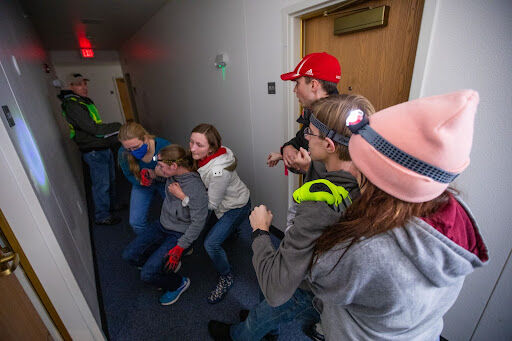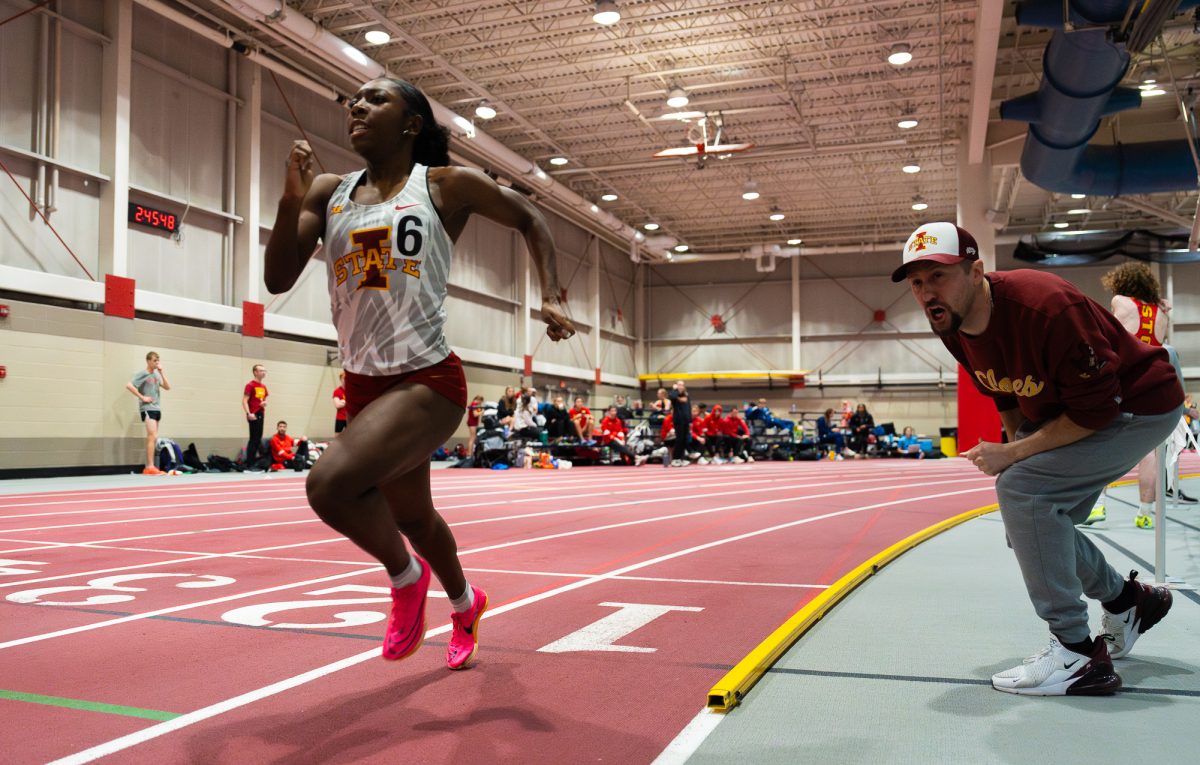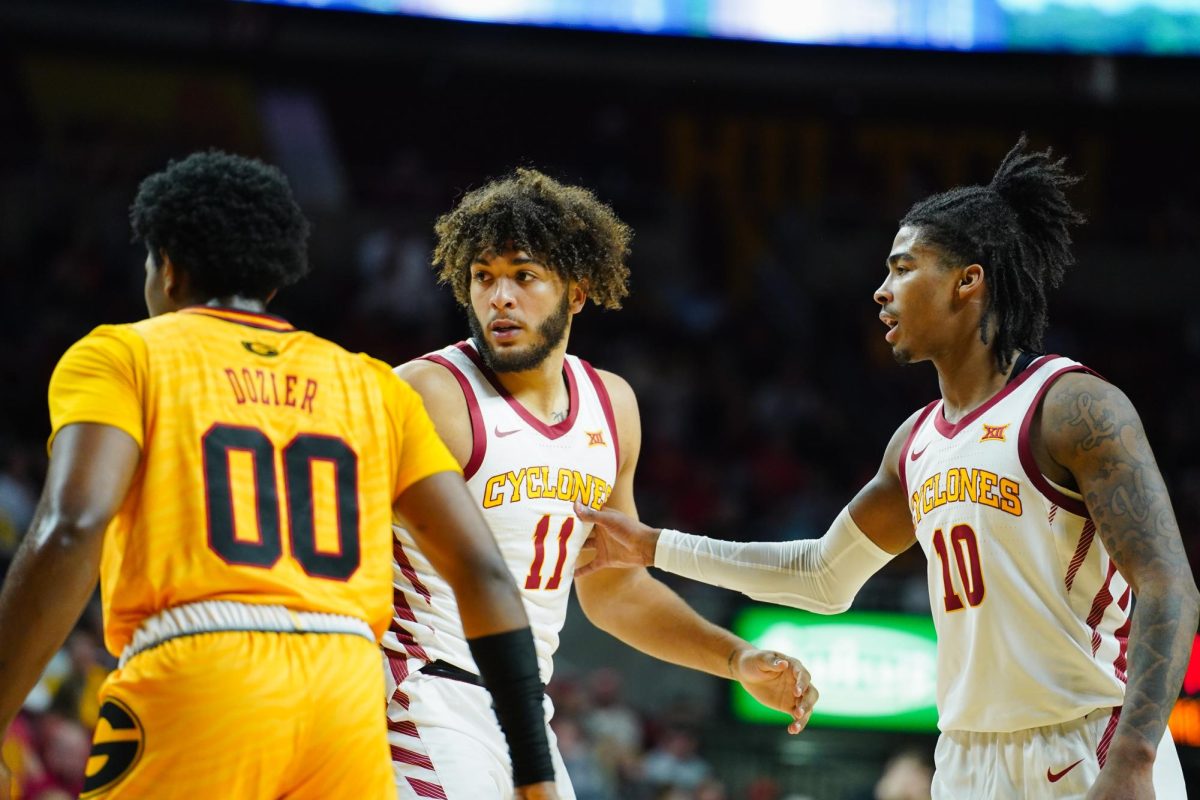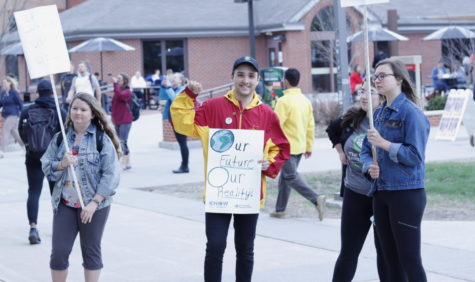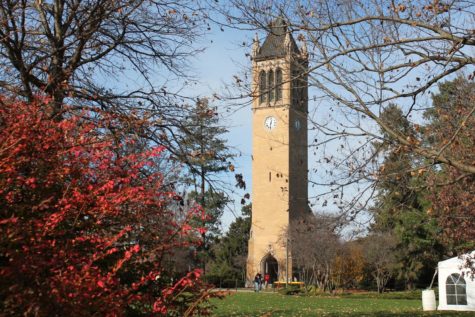Iowa State honors students experience disaster simulation
November 28, 2021
On Oct. 27, Iowa State honors students participated in a simulated tornado disaster situation at 31 Frederiksen Court. Those who participated were students in the honors seminar, “You Are Your Own First Responder.”
“You Are Your Own First Responder” is taught by Clayton Oliver, Iowa State’s emergency manager. The class is built around Community Emergency Response Team (CERT) training.
“[CERT] is a federal curriculum that’s administered at the local level… It’s basically training for individual citizens to handle the gap in a major disaster between when the disaster first happens and when professional responders get there,” Oliver said. “I see a lot of value in it. It really bridges the gap between standing around and going ‘I don’t know what to do’ and professionals, firefighters, police, EMS, rolling up.”
Students have paired with various local establishments to prepare for different aspects of reacting in emergency situations. Students learned about duster medicine and stabilizing victims with Thielen Student Health Center as well as search, rescue and extraction methods with Ames Fire Department.
In addition, students learned about fire safety and suppression, along with the recognition of hazardous materials with ISU Environmental Health. With Student Counseling Services, they learned safety and disaster psychology for victims and responders.
The simulated tornado disaster scenario was to test the students’ skills about what they had learned and was set up as follows:
The scenario was that a tornado had struck in the area. Power was knocked out and only emergency lights are available. Bloody, screaming victims are throughout the building.
Students had to assess the scene then triage and treat the wounded. Then, they had to extricate people trapped by structural collapses and move immobilized patients. They had to put out fires and comfort distressed survivors, essentially stabilizing the scene until first responders arrive.
All within 30 minutes.
“[It was] very overwhelming,” said Remy Braun, a mechanical engineering senior and honors student. “The first patient I saw totally caught me off guard. I froze … I expected that because we know it’s fake and it’s simulated, we wouldn’t really have any emotions or it wouldn’t really feel like it was serious. But the acting and the makeup was so realistic that it got my adrenaline pumping.”
Oliver and his students debriefed afterward about what worked, what didn’t and what improvisations were a success.
“Disaster exercises like this are basically LARPs with firefighters,” Oliver said. “I think they did very well … In terms of talking to the patients who had psychological, mental health issues, outstanding job. In terms of triage, really good jobs on quickly assessing what they had and who needed the most treatment … I’m really happy with their performance. I’m really proud of them.”
Oliver and his colleagues are now figuring out how the seminar could improve or grow in the future.
“I really want to continue offering it to our students in some capacity,” Oliver said. “There is a very strong appetite among our student population to get this kind of training, to feel like they can take some kind of action in an emergency… It’s very much a chance to be a protagonist rather than a spectator.”

